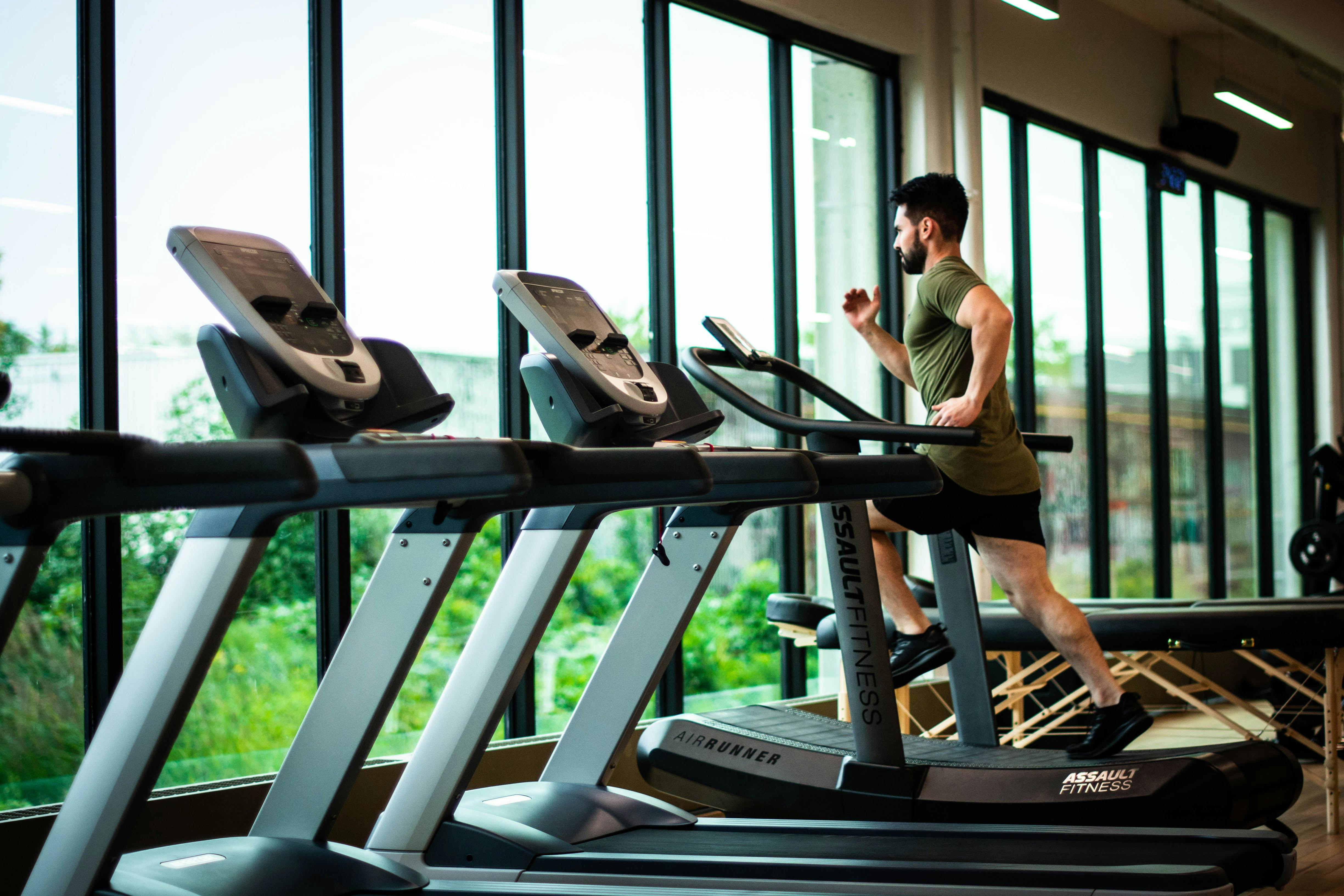How frequency and intensity impact your workouts

Adjusting the frequency and intensity of your workouts can help boost your progress, particularly if you’ve hit a plateau and are no longer seeing gains in your muscle strength, power, size or stamina. Both frequency and intensity are two of the main factors that influence whether or not you will see the results you want from your workouts.
Below, we’ve answered the question of whether you should focus on varying the frequency or intensity of your workouts to reach your goals.
Frequency
Training a muscle group more frequently by increasing the frequency of your workouts can promote muscle growth and strength gains. It can also improve your cardiovascular fitness.
However, it is possible to train too frequently (known as overtraining) and doing so can have negative consequences on your physical and mental well-being. It can also increase your risk of injury and even cause your progress to go backward.
The right frequency for you depends on your training program, workout intensity, current physical health status and preferences. You’ll need to consider reducing the frequency of your workouts if you’re struggling to recover properly between them, feel overly fatigued, or are getting injured more often than usual.
Intensity
Increasing the intensity of your workouts by lifting heavier weights, performing more reps and sets, or running at a faster speed can challenge the muscles and stimulate positive adaptations. Slowly increasing your exercise intensity over time is called progressive overload, and it’s essential for continual gains and avoiding plateaus.
However, as with frequency, you can overdo it with intensity. Working out with too high an intensity can cause fatigue and injuries, and it can be demotivating. Finding the perfect intensity ensures you make progress without getting burnt out or injured.